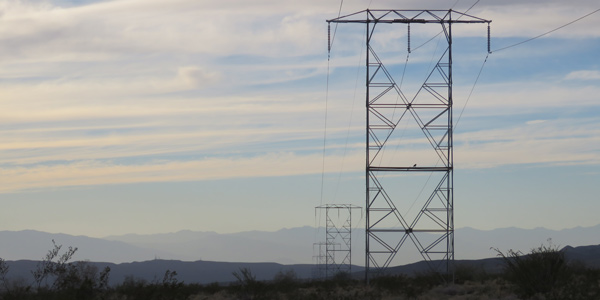By Jason Fordney
CAISO is close to finalizing a long-running effort to reduce exceptional dispatch of generation to resolve transmission constraints and comply with reliability standards, but market participants have raised last-minute questions about the proposal.
During an Aug. 21 call on the Contingency Modeling Enhancements (CME) draft final proposal, some stakeholders said they wanted more detail about where CAISO would apply a proposed “preventative-corrective constraint” tool. But the ISO, which is preparing to present a final plan to the Board of Governors next month, said it has provided enough transparency.

The Proposal is Meant to Improve Economic Dispatch and Reduce Exceptional Dispatch | © RTO Insider
CAISO kicked off the CME initiative three years ago to address a Western Electricity Coordinating Council reliability provision requiring grid operators to return a critical transmission path to its system operating limit within 30 minutes of a destabilizing event, such as the loss of a generator or transmission line. The ISO’s present approach to managing those contingencies relies on out-of-market interventions coupled with day-ahead market measures that procure a “bucket” of responsive capacity resources based on a flat megawatt rating of the line.
WECC has since retired that standard, but CAISO still needs to comply with NERC standards requiring a return to normal operations in 30-minute and four-hour time frames.
Under the proposal, resources contributing to restoring normal operations would receive both an energy payment and a payment for reserve “corrective capacity” set aside by the ISO, the cheapest way to provide needed generation if needed because of a contingency, CAISO says.
“The goal here is to reflect the real reliability constraint in the market,” said Perry Servedio, CAISO senior market design policy developer. “We believe the proposal improves transparency related to these constraints by improving the pricing and dispatch.” The latest version has “a hodgepodge of final tweaks to the policy.”

CAISO is Trying to Resolve Temporal Transmission System Reliability Constraints in its Market | CAISO
Southern California Edison had previously raised concerns over the complexity of the proposal, while Calpine and NRG Energy were supportive but said that the mechanism should allow participants to bid for corrective capacity. The ISO said that the proposal “fully captures and compensates” for capacity needed to meet any restraints on the system.
During the call, some stakeholders questioned why CAISO had not specified on which transmission paths the constraint tool would be applied. SCE said there is not enough transparency around how the paths would be selected, making it difficult to analyze the benefits.
For SCE, “the benefits are very limited. We don’t see any incremental benefit because you do have all the tools you have today,” Senior Project Manager Wei Zhou said. He added it will increase complexity in the market.
CAISO Principal George Angelidis responded that “I think we are getting bogged down in implementation details and we are missing the big picture here.” The fundamentals of the proposal have not changed, and it is “still a tool that will provide the ability to reduce constraints that are imposed by operators based on their judgement of system conditions,” he said.
“I don’t know why we are making a big issue on this trivial application change” of where the tool will be used, Angelidis said, adding that it would be used wherever it would provide a benefit.
Servedio said that “the selection criteria is: whatever we need to do to operate within our facility ratings.”
The grid operator is taking comment on the final draft proposal until Aug. 31.
CAISO has a separate and overlapping effort underway to resolve certain generator and transmission contingencies currently handled by out-of-market operations. (See Stakeholders Wary of CAISO Contingency Modeling.)


